Providing the Same Level
of Care We Expect for
Our Own Family
The Link Between Your Grip Strength and Aging
Learn more about the growing body of evidence linking muscular weakness, as determined by low grip strength, to a host of negative ageing-related health outcomes.
As we age, maintaining health, independence, and quality of life becomes increasingly important. Grip strength, a seemingly simple aspect of physical health, plays a significant role in the lives of elderly individuals. At 7 Day Home Care, serving Manhattan, Queens, Brooklyn, Nassau County, and Suffolk County, New York, we understand the critical connection between grip strength, aging, and the well-being of our elderly clients. In this article, we will review the importance of grip strength for seniors and provide insights supported by highly regarded resources in the field.
Understanding Grip Strength
Grip strength is a measure of the strength and endurance of hand and forearm muscles, often assessed by squeezing an object as firmly as possible. While this measure may seem mundane, it is a fundamental indicator of overall physical health, especially in aging adults.
The Relationship Between Aging and Grip Strength
Aging is accompanied by a natural process called sarcopenia, which involves the loss of muscle mass and strength. This decline affects various muscle groups, including those responsible for grip strength. The rate of this decline varies among individuals but is a common occurrence in the elderly population.
To provide you with a comprehensive understanding of this topic, we've gathered insights from highly regarded sources in the field:
1. National Institute on Aging
The NIA, a division of the National Institutes of Health (NIH), emphasizes the importance of muscle health in aging adults. They provide valuable information on sarcopenia and its impact on overall health and independence.
Harvard Medical School offers insights into the significance of grip strength as an indicator of longevity and overall health. Their research underscores the practical implications of maintaining grip strength in seniors.
3. American Council on Exercise
ACE discusses the role of grip strength in functional fitness and how it influences activities of daily living. They provide exercise recommendations for improving grip strength and overall physical well-being in aging adults.
“People with better grip strength age more slowly. Having a good grip strength can slow the process of immunosenescence, or the decline in your immune defense associated with aging,” explained Ardeshir Hashmi, MD, a geriatric medicine specialist with Cleveland Clinic. “It can also improve your ability to bounce back from diseases, or homeostenosis. Finally, it can prevent frailty.”
5. Journal of Cachexia Sarcopenia and Muscle
A recent study of 1,275 men and women in the Journal of Cachexia Sarcopenia and Muscle found that those with relatively feeble handgrip strength, a reliable marker of overall muscle quality and strength, showed signs of accelerated aging of their DNA. Their genes appeared to be growing old faster than those of people with greater strength.
Why Grip Strength Matters
- Functional Independence
Adequate grip strength is essential for seniors to perform basic daily activities independently. Tasks such as dressing, eating, and personal hygiene rely on the ability to grasp and manipulate objects effectively.
2. Fall Prevention
Grip strength significantly contributes to balance and stability. Weak grip strength increases the risk of falls, which can lead to severe consequences, including fractures and reduced mobility.
3. Nutrition
Proper nutrition is vital for muscle health. Weak grip strength can limit a senior's ability to feed themselves effectively, potentially leading to malnutrition.
4. Social Interaction
The ability to shake hands, hug, or hold a loved one's hand is essential for social and emotional well-being. Weak grip strength can limit these interactions, potentially leading to feelings of isolation.
5. Medication Management
Opening medication bottles and administering prescribed doses can be challenging for those with weakened grip strength. This can compromise medication adherence and overall health.
Strategies to Improve Grip Strength
1. Regular Exercise
Engaging in a consistent exercise routine, including resistance training, can help strengthen hand and forearm muscles.
2. Nutrition
A balanced diet rich in protein and essential nutrients is vital for muscle health. Our caregivers can assist with meal planning and preparation to ensure seniors receive the nutrition they need.
3. Occupational Therapy
Occupational therapists can work with elderly individuals to develop grip strength exercises for seniors at home to perform these daily activities despite grip strength limitations.
4. Adaptive Devices
Various assistive devices are available to make daily tasks more manageable for those with weakened grip strength.
5. Regular Check-ups
Routine medical check-ups can help identify and address age-related changes in grip strength early. Early intervention can often prevent further decline.
At 7 Day Home Care, we are dedicated to providing the highest quality non-medical in-home care to seniors in Manhattan, Queens, Brooklyn, Nassau County, and Suffolk County, New York. By understanding the critical importance of grip strength in the aging process, implementing strategies to maintain or enhance it, we empower seniors to lead more fulfilling, independent lives as they age gracefully. Your grip strength is not just a measure of your physical well-being; it's a key to unlocking a better quality of life in your golden years.
Brian Callahan
7 Day Home Care

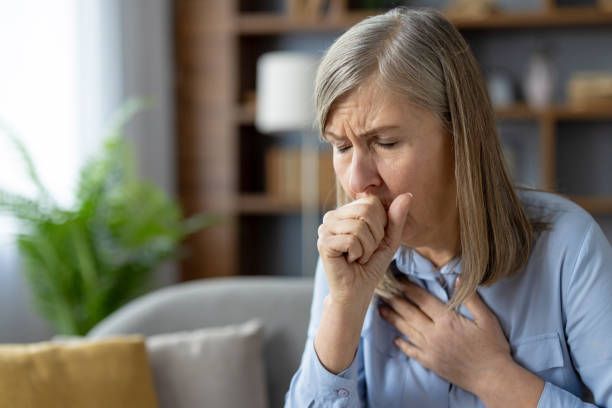
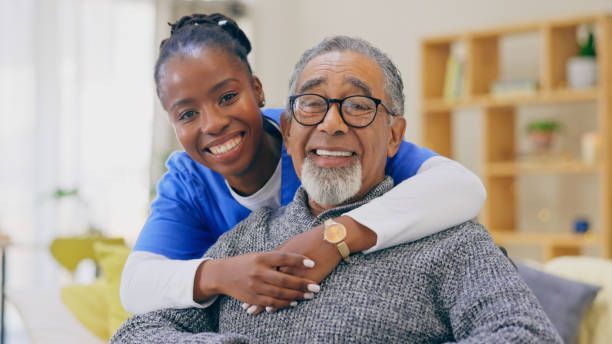
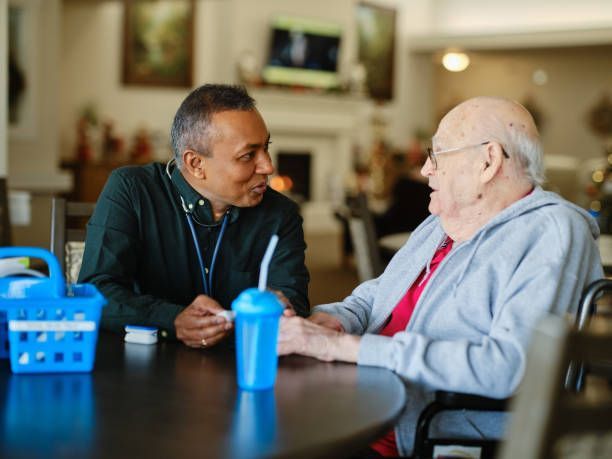
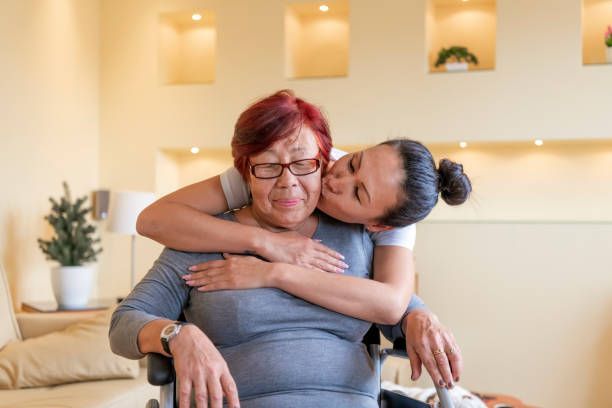
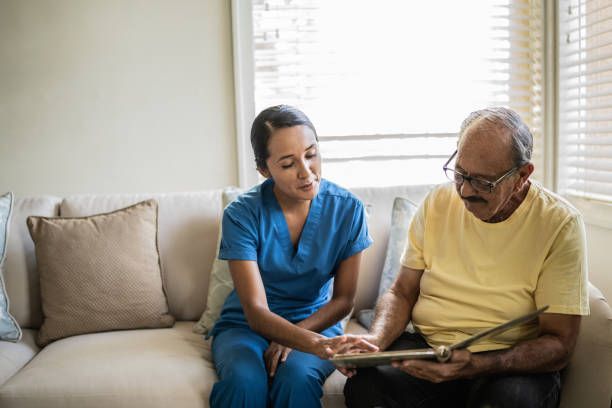

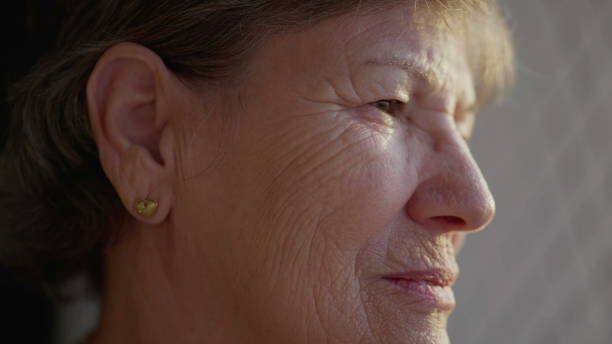
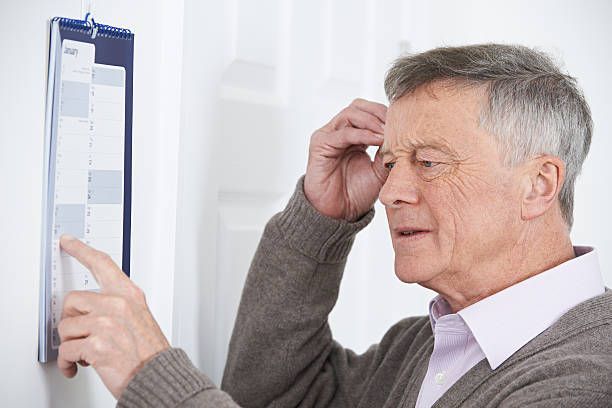
Long Island Location
Hours of Operation
We are Open 24 Hours a Day
7 Days a Week
Contact Us
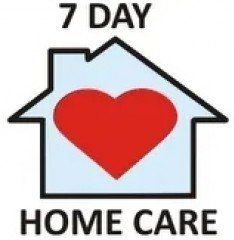

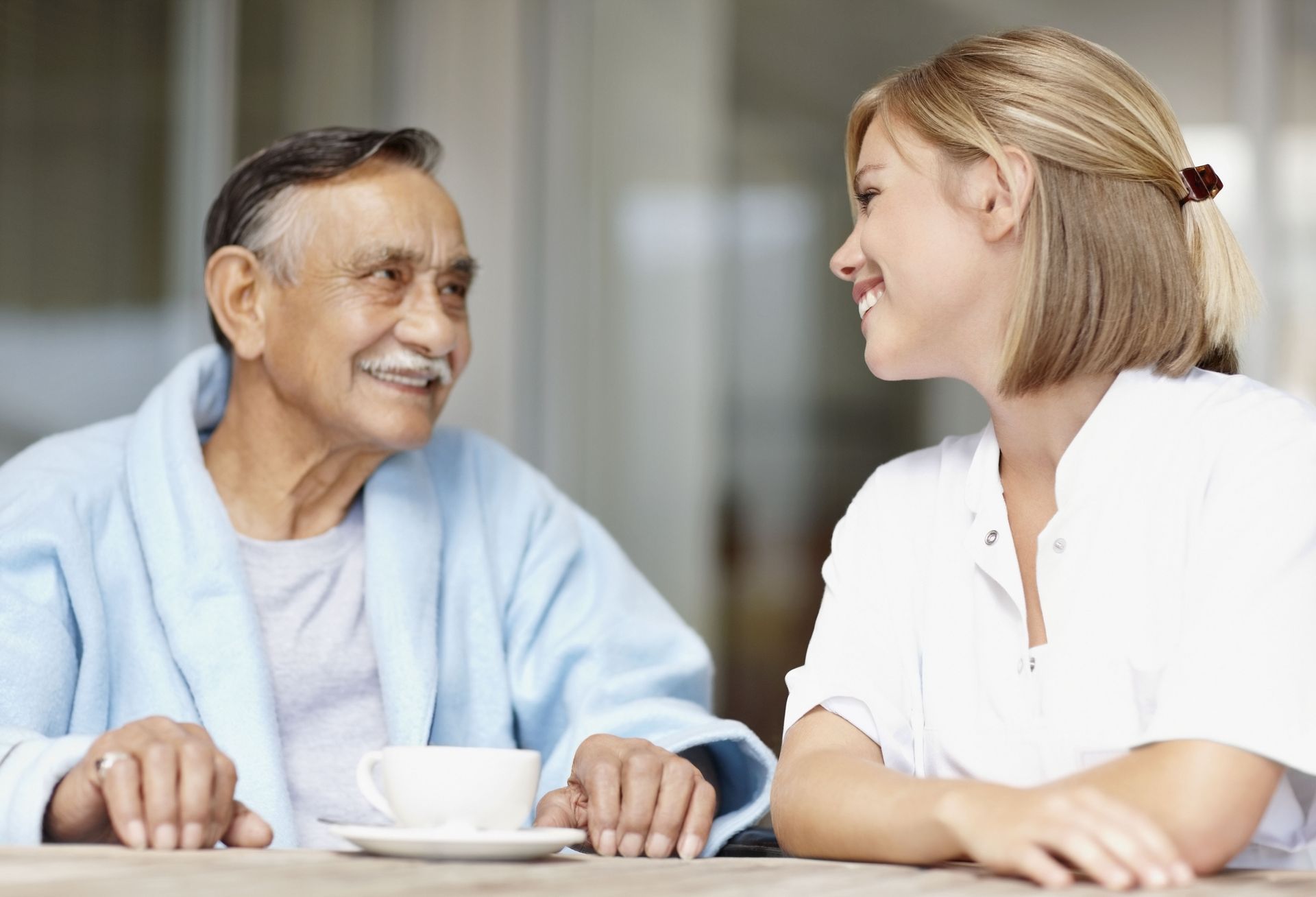
Share On: